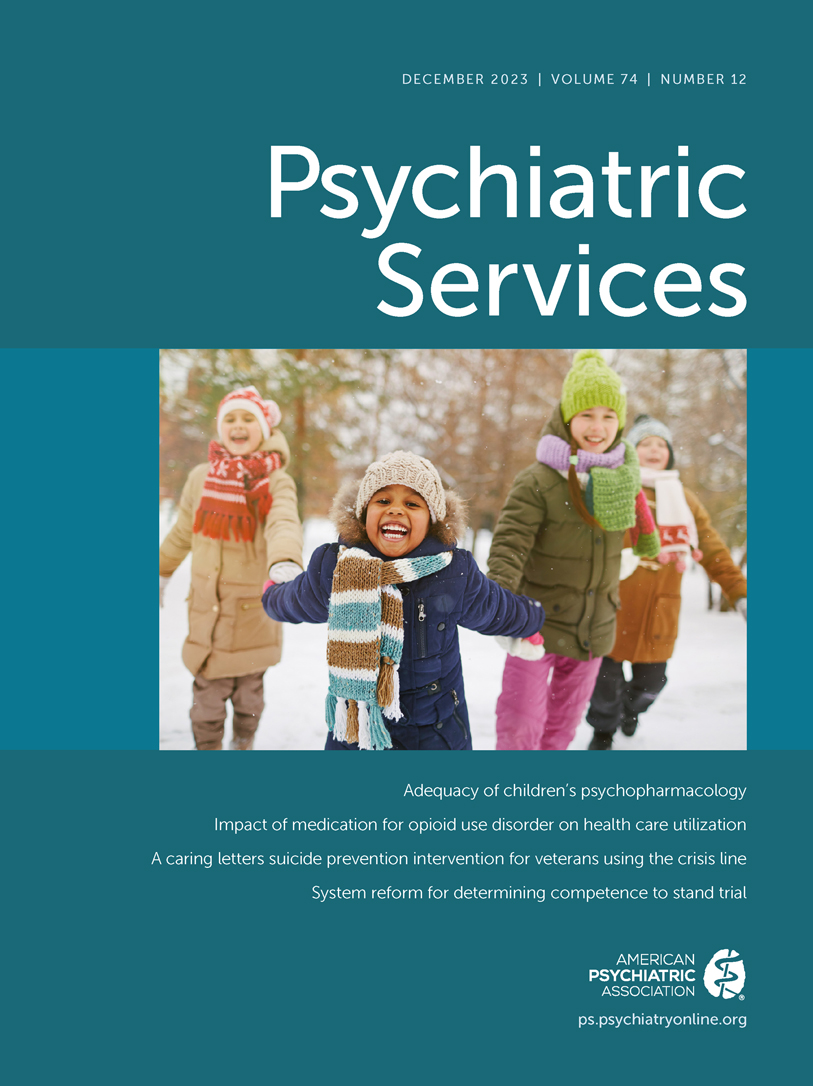Qualitative Analysis of Paranoia Reported in Clinical Interviews With Black and White Adults With Schizophrenia
Abstract
Black adults in the United States are more likely to be diagnosed as having schizophrenia spectrum disorders and to report experiences of paranoia than are White adults. Cultural mistrust, or marginalized groups’ adaptive skepticism toward dominant historically White institutions, is associated with paranoia among Black individuals, suggesting that experiences of paranoia may be culturally mediated. The authors aimed to explore thematic differences between Black and White adults with schizophrenia spectrum disorders in their experiences of paranoia, including potential differences in persecutory content, cultural mistrust, and related themes. The authors conducted a thematic content analysis of archival qualitative data on experiences of paranoia reported by Black and White adults with schizophrenia spectrum disorders (N=21) in a structured clinical interview. Distinct themes related to cultural mistrust and persecutory paranoia emerged among the participants, suggesting that lived experiences of persecution and discrimination may affect how Black adults with schizophrenia spectrum disorders interpret threat and express paranoia. These findings highlight the importance of culturally responsive approaches in assessment and conceptualization of clinical paranoia versus cultural mistrust.
Access content
To read the fulltext, please use one of the options below to sign in or purchase access.- Personal login
- Institutional Login
- Sign in via OpenAthens
- Register for access
-
Please login/register if you wish to pair your device and check access availability.
Not a subscriber?
PsychiatryOnline subscription options offer access to the DSM-5 library, books, journals, CME, and patient resources. This all-in-one virtual library provides psychiatrists and mental health professionals with key resources for diagnosis, treatment, research, and professional development.
Need more help? PsychiatryOnline Customer Service may be reached by emailing [email protected] or by calling 800-368-5777 (in the U.S.) or 703-907-7322 (outside the U.S.).



